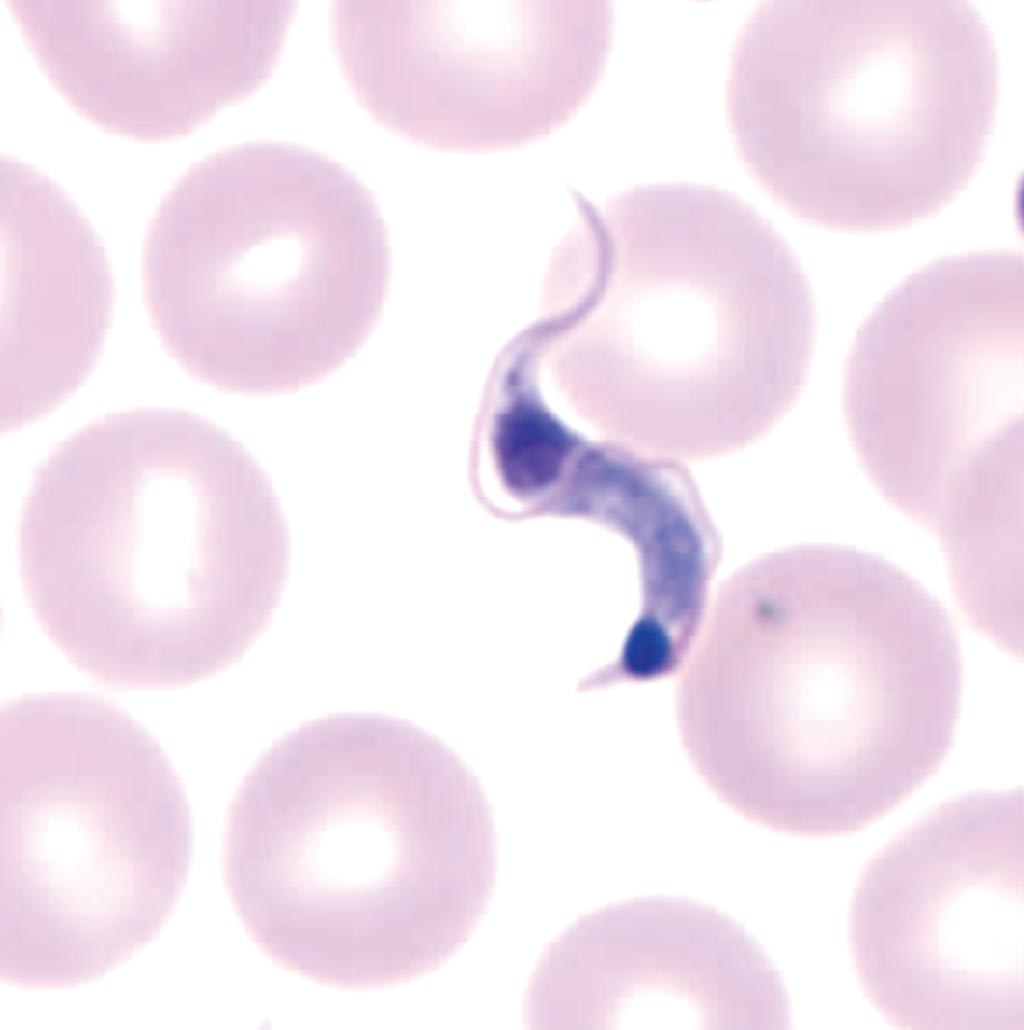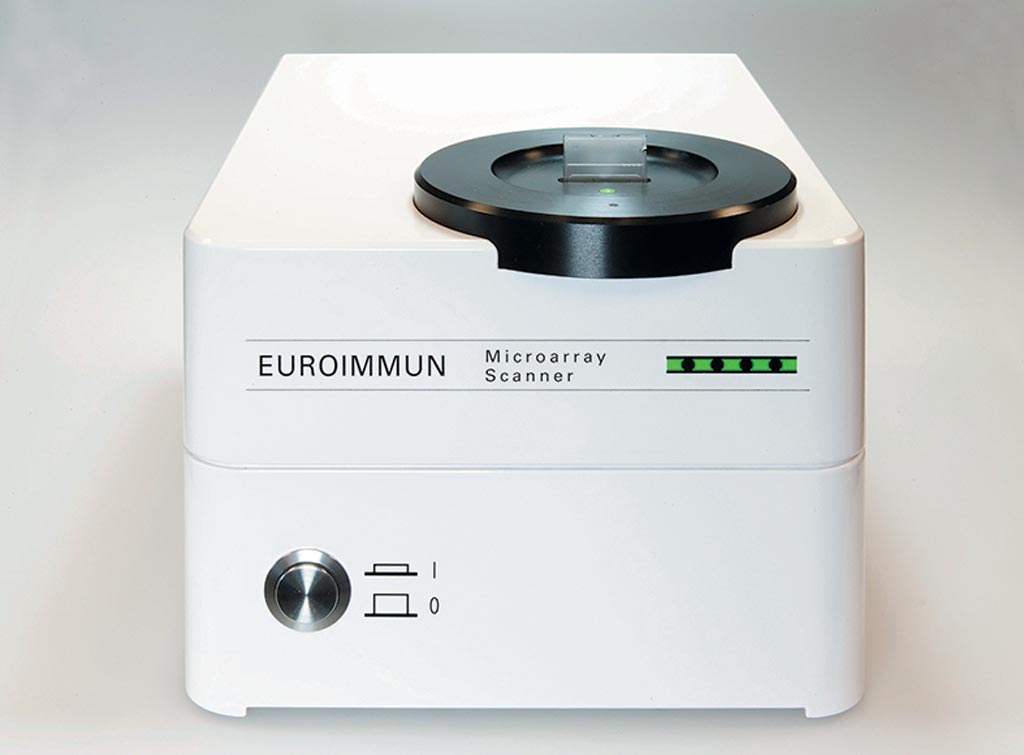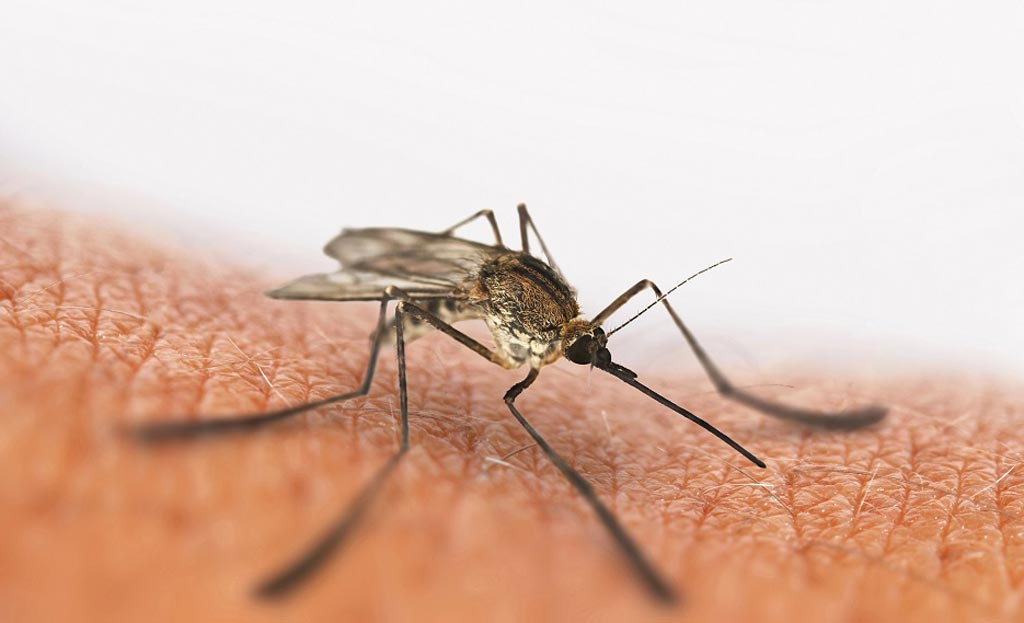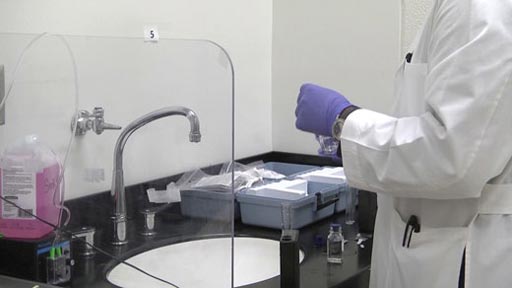Microbiology

Performance of Chagas Disease Genotyping Assay Evaluated
Chagas disease remains a significant public health issue infecting six to seven million people worldwide. The factors influencing the clinical heterogeneity of Chagas disease have not been elucidated, although it has been suggested that different clinical outcome may be associated with the genetic diversity of Trypanosoma cruzi isolates. More...07 Apr 2017



Transplanted Microbes Alter Gut Function and Behavior
Transplantation of fecal microbiota from patients with irritable bowel syndrome (IBS) resulted in IBS-like changes in gut function as well as behavior in recipient mice. Such findings could facilitate development of improved diagnostics as well as effective treatments to replace current symptom-targeting treatments. More...16 Mar 2017


Evidence Shows Nosocomial Infections Linked to Hospital Sink Bacteria
Investigators working with a unique hospital sink laboratory demonstrated that nosocomial infections, including those of multiple drug resistant organisms, are spread by bacterial colonies in the waste pipes that migrate up to the sink strainers where they are spread to the surface of the sink, faucets, and nearby counters. More...07 Mar 2017
In Other News
Nodding Syndrome Linked to Worm Protein
Listeria May Pose Serious Threat Early in Pregnancy
Rapid Method Developed to Identify Bacteria in Blood Samples
Rapid Test Specifically Detects Mobile Colistin Resistance in Isolates
POC Test for Chagas Disease Available in US
Cerebrospinal Fluid Lens-Free Microscopy Used to Diagnose Meningitis
Premature Birth Risk Linked to Bacteria in Cervicovaginal Space
Faster Way of Detecting Bacteria Developed
Real-Time PCR Assay Developed for Detection of Candida
Direct Blood Dry LAMP System Detects Malaria Species
Pathogenic Antibodies to Dengue Virus Linked to Disease Severity
Enterovirus Infections Linked with Autoimmunity Leading to Diabetes
Nanoparticles and Faraday Rotation Allow Faster Diagnoses
Seropositivity Thresholds Defined for Use in Trachoma Elimination Studies
Thromboelastometry Analysis Assessed for Thrombocytopenic Dengue Patients
New Immunoassay Developed for Zika Virus Detection
Gene Panel Differentiates Survival Outcomes in Humans Infected with Ebola
Serological Test Differentiates Zika from Dengue Infections
LAMP-Kit Diagnoses Non-Falciparum Malaria
Pediatric HAIs Are the Most Common Type
Next-Generation Blood Test for Latent TB Submitted to FDA
Dysbiosis of Urinary Microbiota Positively Correlated with Diabetes
Vaginal Microbes Denote Early Detection of Endometrial Cancer
The LabMedica Microbiology channel provides the latest news in the fields of epidemiology, bacteriology, virology, and parasitology, all viewed from the unique perspective of Laboratory Medicine.







 Analyzer.jpg)



